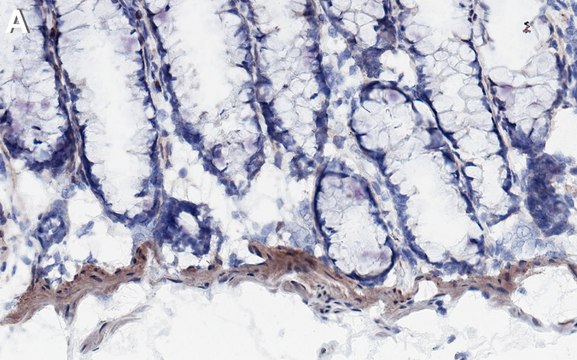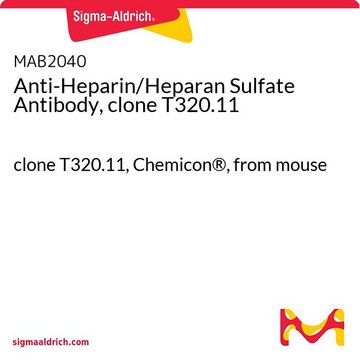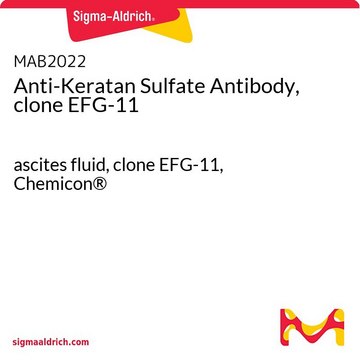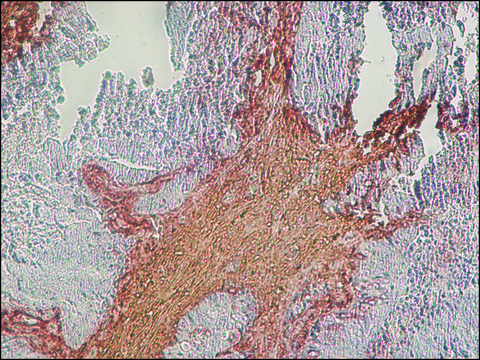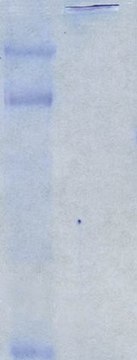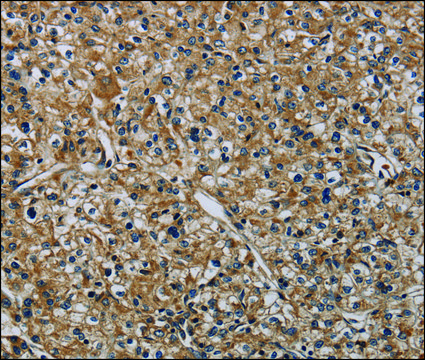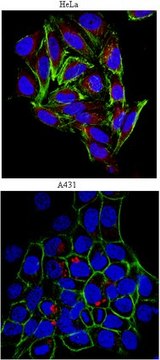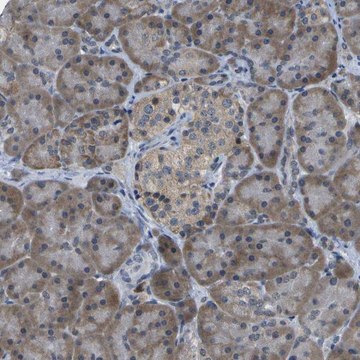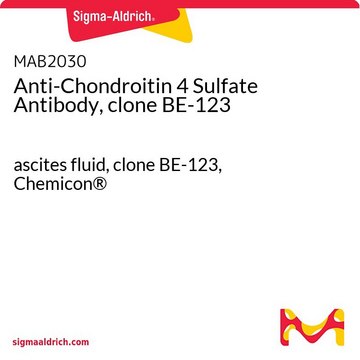MABT819
Anti-Glycosaminoglycan Antibody, skin specific Antibody, clone PG-4
clone PG-4, from mouse
Synonym(s):
Proteoglycan, Dermatan sulfate, Chondroitin sulfate
About This Item
Recommended Products
biological source
mouse
Quality Level
antibody form
purified immunoglobulin
antibody product type
primary antibodies
clone
PG-4, monoclonal
species reactivity
human, chicken, shark
packaging
antibody small pack of 25 μL
technique(s)
ELISA: suitable
immunohistochemistry: suitable (paraffin)
western blot: suitable
isotype
IgMκ
shipped in
ambient
target post-translational modification
unmodified
Gene Information
human ... FAM20B(9917)
General description
Specificity
Immunogen
Application
Cell Structure
ELISA Analysis: A representative lot detected Glycosaminoglycan in ELISA applications (Sorrell, J.M., et. al. (1999). Histochem J. 31(8):549-58).
Immunohistochemistry Analysis: A representative lot detected Glycosaminoglycan in Immunohistochemistry applications (Sorrell, J.M., et. al. (1999). Histochem J. 31(8):549-58).
Quality
Immunohistochemistry Analysis: A 1:250 dilution of this antibody detected Glycosaminoglycan in human skin tissue.
Target description
Physical form
Storage and Stability
Other Notes
Disclaimer
Not finding the right product?
Try our Product Selector Tool.
Storage Class Code
12 - Non Combustible Liquids
WGK
WGK 1
Flash Point(F)
does not flash
Flash Point(C)
does not flash
Certificates of Analysis (COA)
Search for Certificates of Analysis (COA) by entering the products Lot/Batch Number. Lot and Batch Numbers can be found on a product’s label following the words ‘Lot’ or ‘Batch’.
Already Own This Product?
Find documentation for the products that you have recently purchased in the Document Library.
Our team of scientists has experience in all areas of research including Life Science, Material Science, Chemical Synthesis, Chromatography, Analytical and many others.
Contact Technical Service